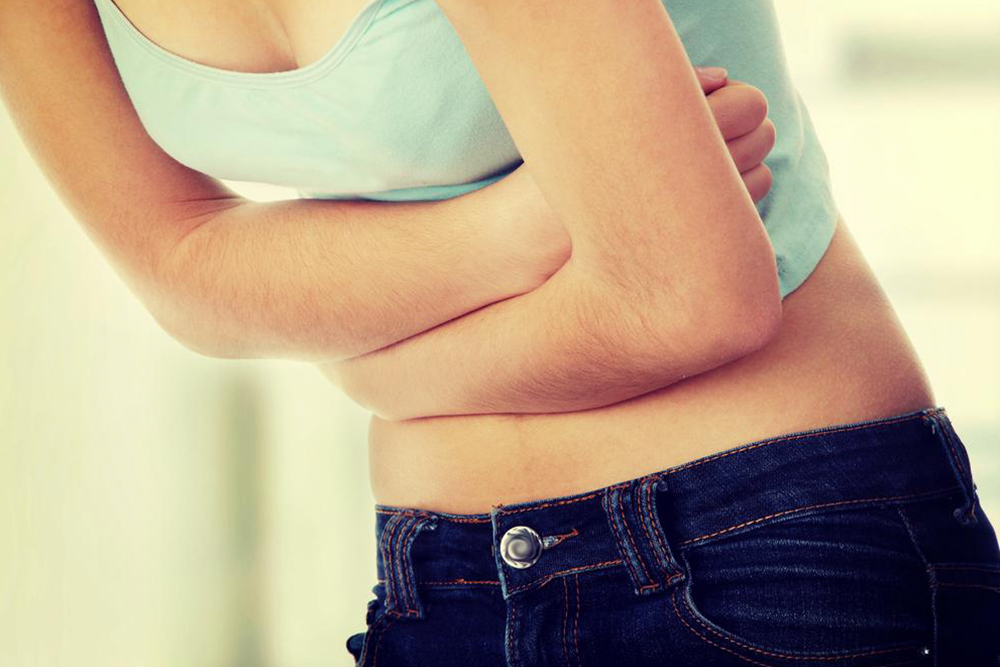Treatment options for an overactive bladder
Incontinence due to an overactive bladder is called Urge/Effort Incontinence, and is the second most common of its kind. An overactive bladder tends to contract involuntarily. When this happens, urine will escape and whatever one does, it cannot be stopped altogether. The amount of leak depends on the severity and duration of the contraction. Often after when a small amount of urine has leaked, the urge decreases and further leakage need not happen even though one has to void the bladder.

There are two very useful home remedies for overcoming this condition. If the condition is not very severe, then try bladder retraining. The first step is to create a database of the occurrence of one’s incontinence and urination timings. Then try to prolong the interval between urination. Try also to delay going to the toilet by say 5 minutes, just to start off with. As control is slowly achieved, try to increase the intervals and try to delay the urge similarly as well. The other home remedy which enhances the effect is Kegel Exercises. Try and stop urination midway and identify the muscles involved in the process. Learn to contract the same muscles when the bladder is empty without interrupting the breathing and stiffening or contracting the abdomen, thigh or buttock muscles. Attempt to hold the contraction to a count of ten and relax for a count of three, and then repeat the same ten times. This constitutes a set. Repeat the sets at least five times in a day. As the muscles gain strength, increase the number of contractions in each set keeping the relaxing to the same count of three. The objective should be to be able to hold in between urination to a count of
ten.
If the incontinence is very severe, it is imperative to determine that there are no underlying diseases of which the incontinence is only a symptom. The common causes are Cystitis, which is inflammation of the bladder lining and central nervous system diseases like multiple sclerosis, stroke and Parkinson’s disease. An enlarged prostate can also cause urge incontinence. Medicines like Anticholinergics are used to calm down the bladder where the bladder contractions are idiopathic. Inserting medical devices and Botox injections into the bladder muscles and sacral nerve stimulator implants are some of the other treatment options in more intransigent cases. One could even consult a doctor.